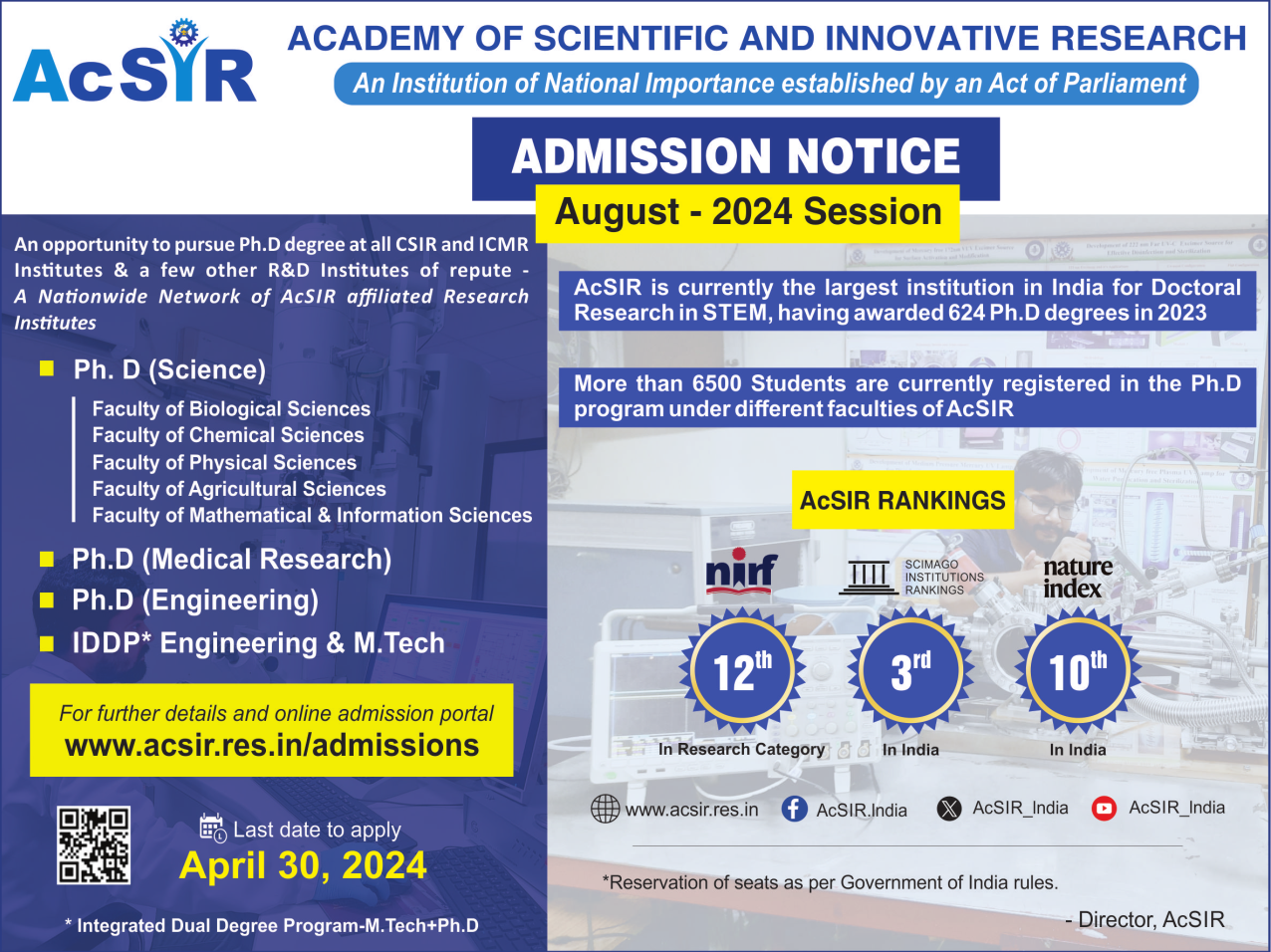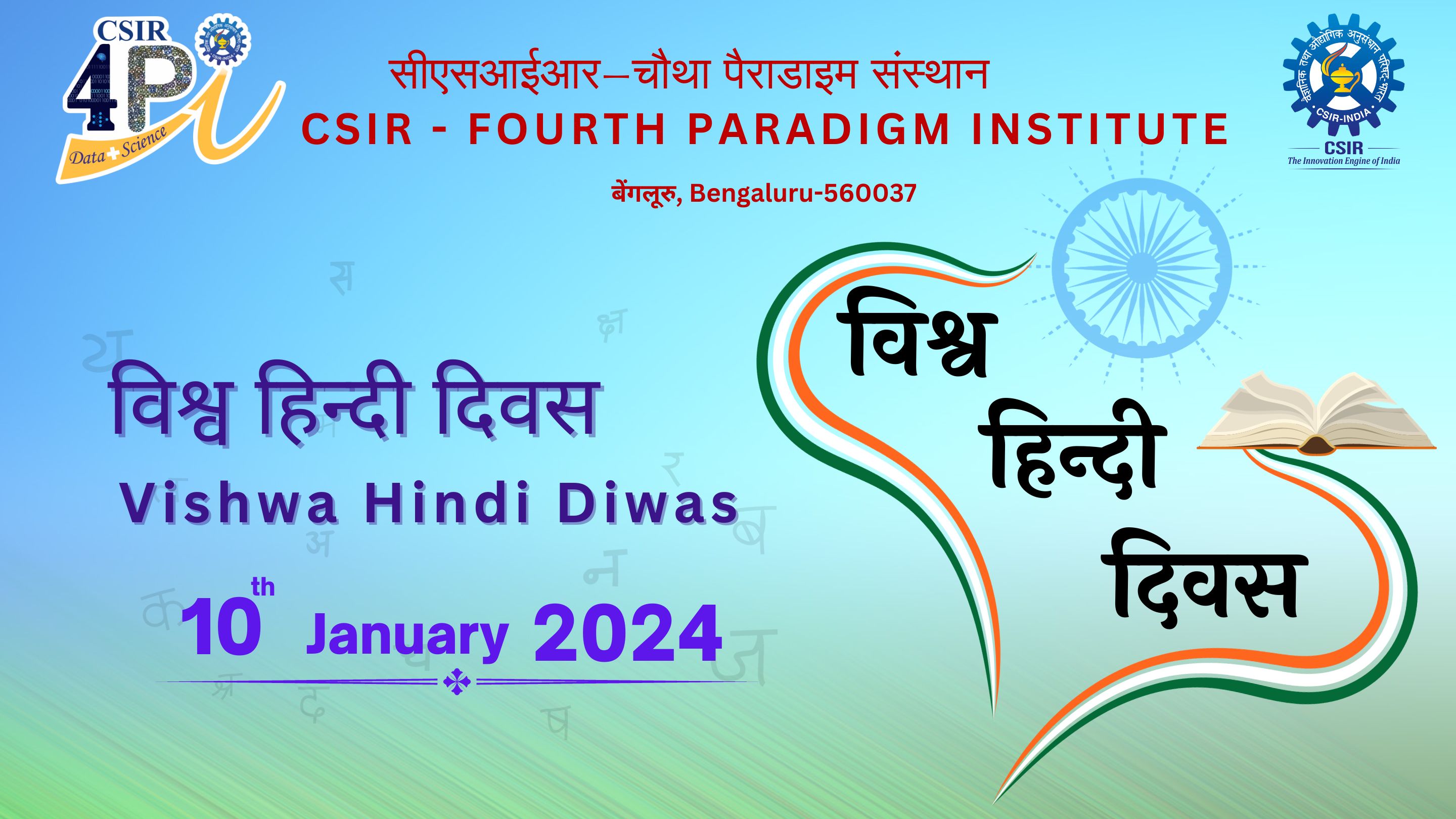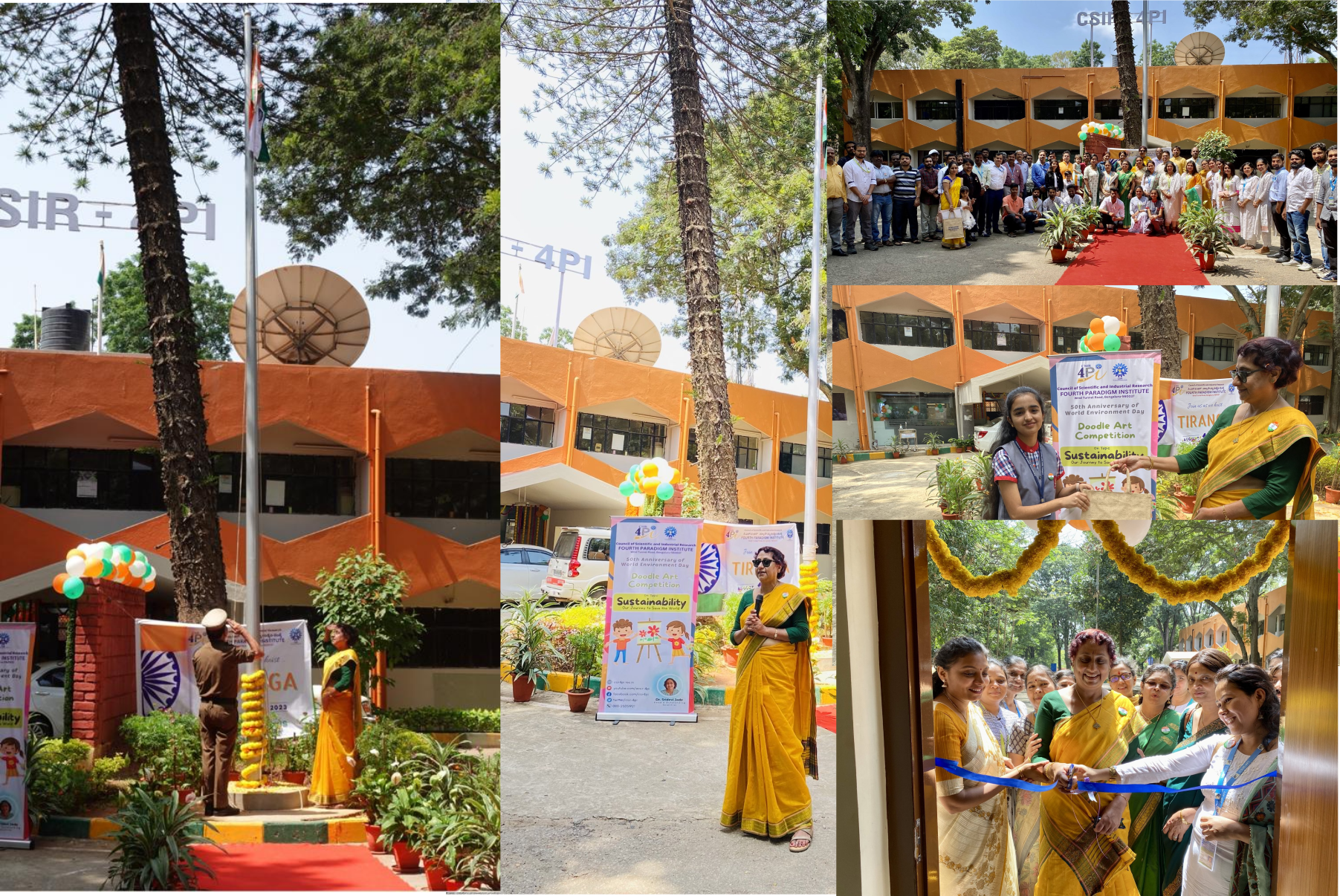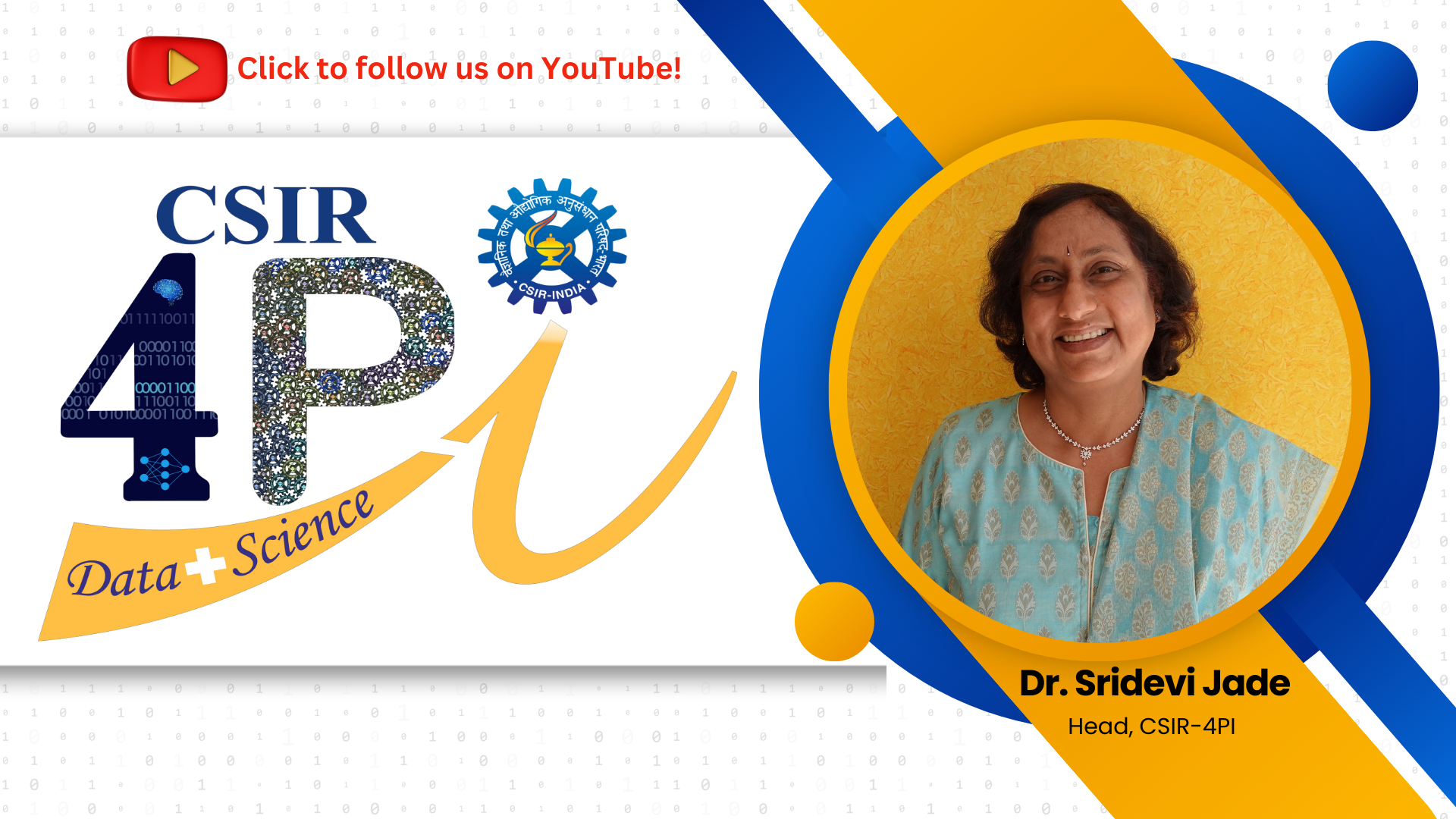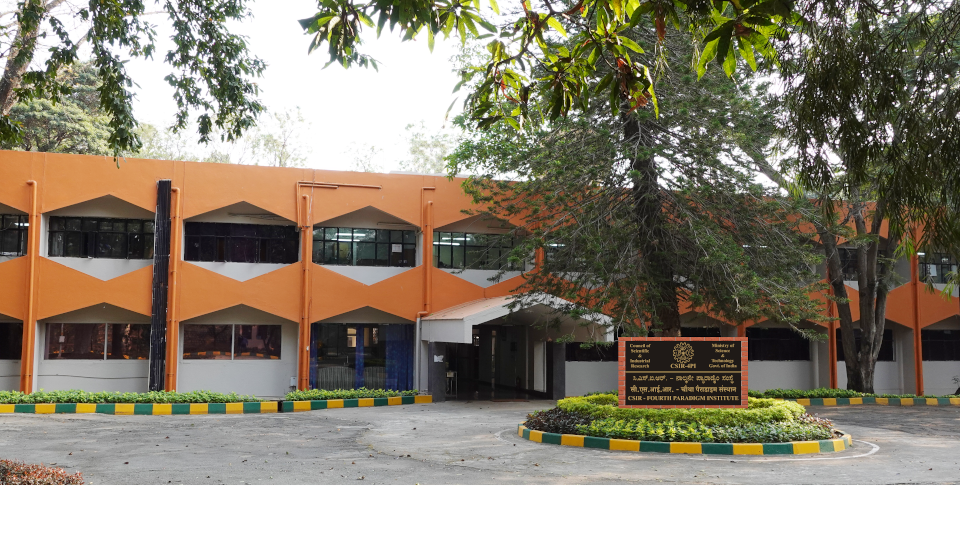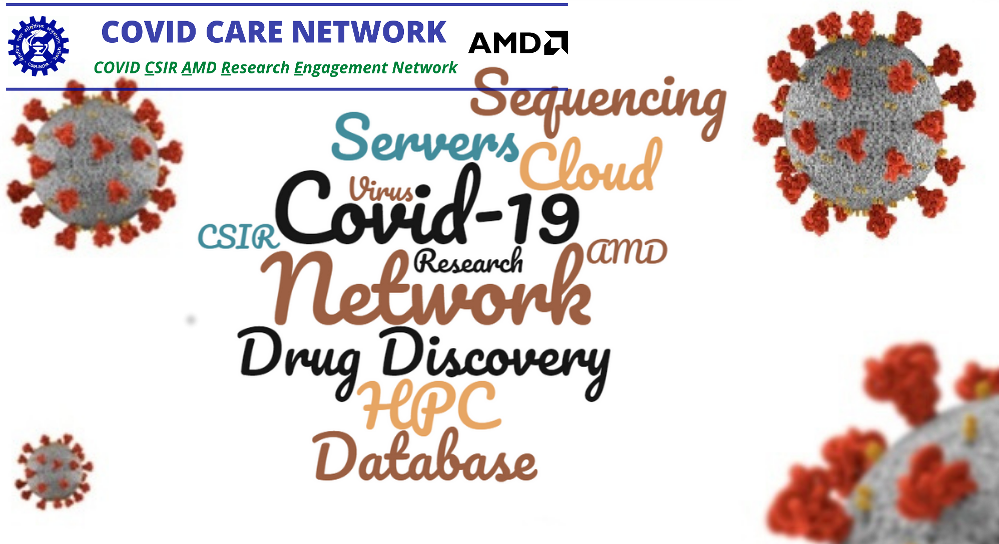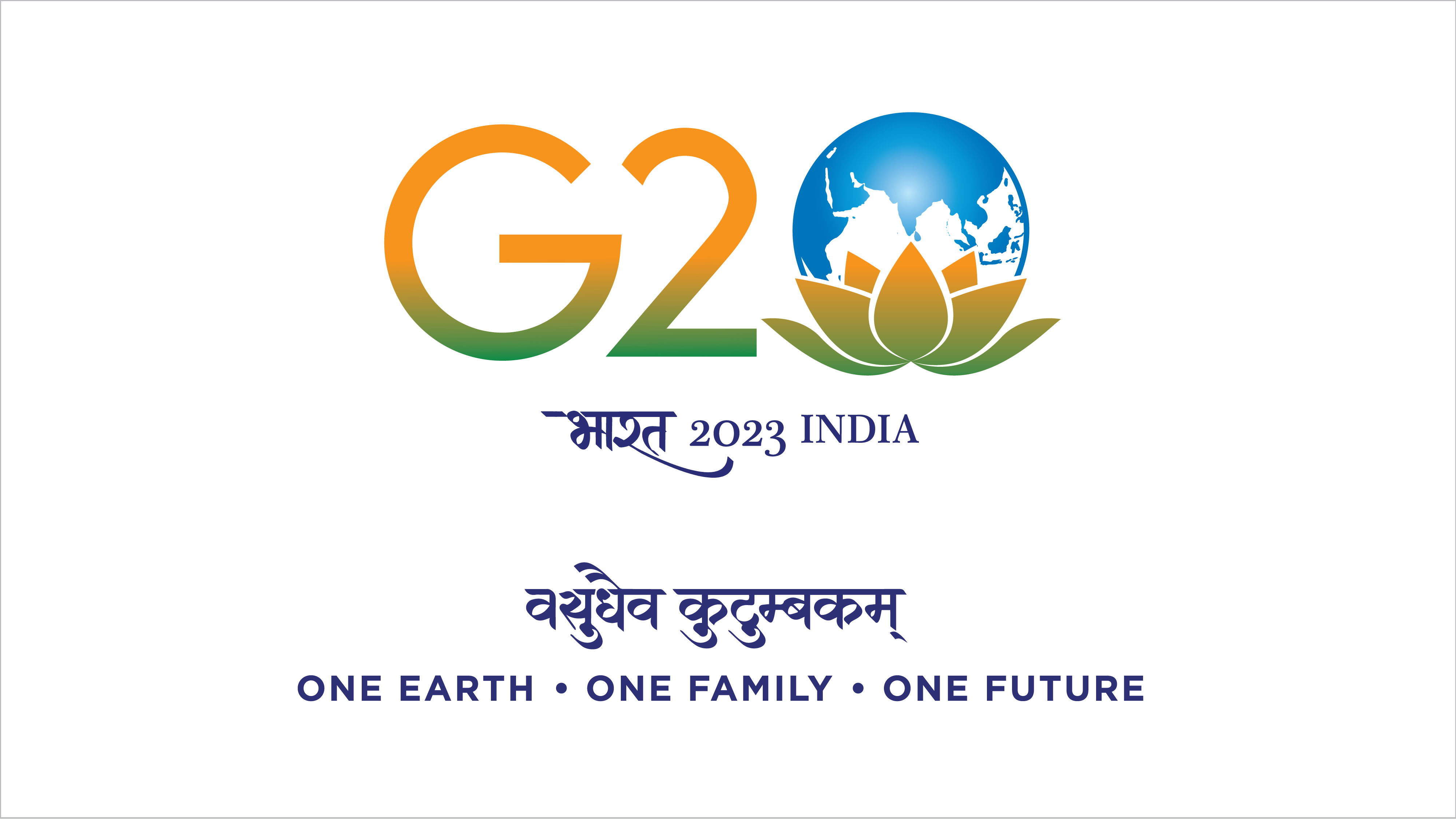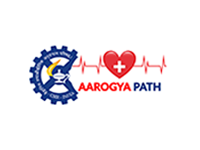by S Vishal Gupta, Imtiyaz A Parvez, and Prosanta K Khan
Deep sedimentary valleys entrap and amplify seismic waves, which is further responsible for site-specific amplification over the allied region. Kashmir valley is a deep and active sedimentary basin in the northwest portion of the Himalayan lap. To characterize the site response for the intermountain Kashmir valley for the first time, we acquire single station microtremor measurements using Lennartz (three components/5s seismometer) at 141 sites with a grid of (5 km × 5 km) and two-dimensional (2D) array measurements using seven units of recording station of different geometry pattern at 38 sites across different lithological setup within the basin. We present here (1) a first-order predominant fundamental frequency (0.21–10.19 Hz) and subsequent sedimentary thickness maps for the entire valley, reflecting deep deposition with spatial heterogeneity in the area using the horizontal-to-vertical spectral ratio (HVSR) technique; (2) spatial classification of generated HVSR curves linking subsurface geomorphology and post strong ground-motion scenario in the valley; (3) extraction of the best dispersion characteristics of Rayleigh waves (fundamental mode) from all recorded vertical signals at each array site using frequency–wavenumber (F-K) method with an emphasis on signal synchronicity; and (4) retrieval of one-dimensional (1D) shear wave velocity (VS) profiles across the valley from the inversion of dispersion curves using the neighborhood algorithm. Distinct model parameterizations were tested for the inversion to achieve the optimal inversion misfit. The collocated 1D VS profiles are consistent with newly drilled borehole logs information. Besides, the presented first-ever ambient noise survey–based site response study meets the objectives of site-specific seismic hazard and risk analysis of the Kashmir valley at the regional scale.



